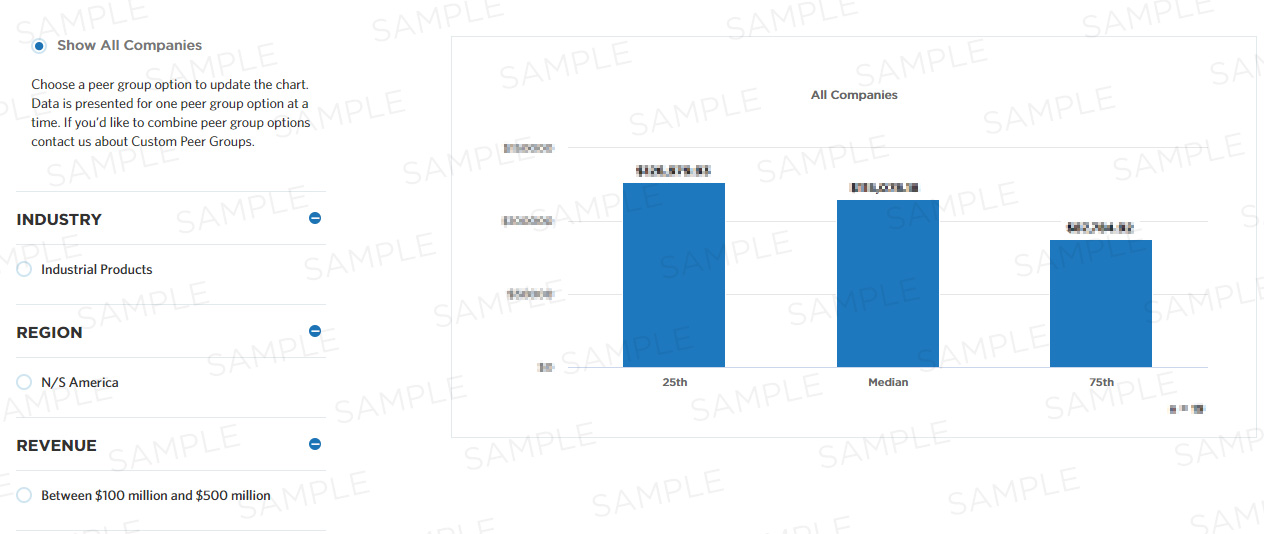Outsourced cost to perform the process "perform planning/budgeting/forecasting" per $1,000 revenue
This measure calculates outsourced cost per $1,000 revenue to perform the process "perform planning/budgeting/forecasting," which involves developing periodic plans, budgets, and forecasts to enable achievement of organizational performance goals. Outsourced cost refers to the total cost of outsourcing a specific process to a third party, except one-time charges for any type of restructuring or reorganization. This measure is part of a set of Cost Effectiveness measures that help companies understand all cost expenditures related to the process "perform planning/budgeting/forecasting."
Benchmark Data
| 25th | Median | 75th |
|---|---|---|
| - | - | - |

Compute this Measure
Units for this measure are dollars.
Outsourced cost to perform the process "perform planning/budgeting/forecasting" / (Total business entity revenue *.0010)
Key Terms
Total Annual Revenue/Net Revenue
Total annual revenue is net proceeds generated from the sale of products or services. This should reflect the selling price less any allowances such as quantity, discounts, rebates and returns. If your business entity is a support unit and therefore does not directly generate revenue, then provide the revenue amount for the units you support. For government/non-profit organizations, please use your non-pass-through budget. For insurance companies the total annual revenue is the total amount of direct written premiums, excluding net investment income. Note: Business entity revenue needs to only include inter-company business segment revenue when the transactions between those business segments are intended to reflect an arm's length transfer price and would therefore meet the regulatory requirements for external revenue reporting.
Cost Effectiveness
Cost effectiveness measures are those in which two related variables, one of which is the cost and one of which is the related outcome related to the expenditure are used to determine a particular metric value.